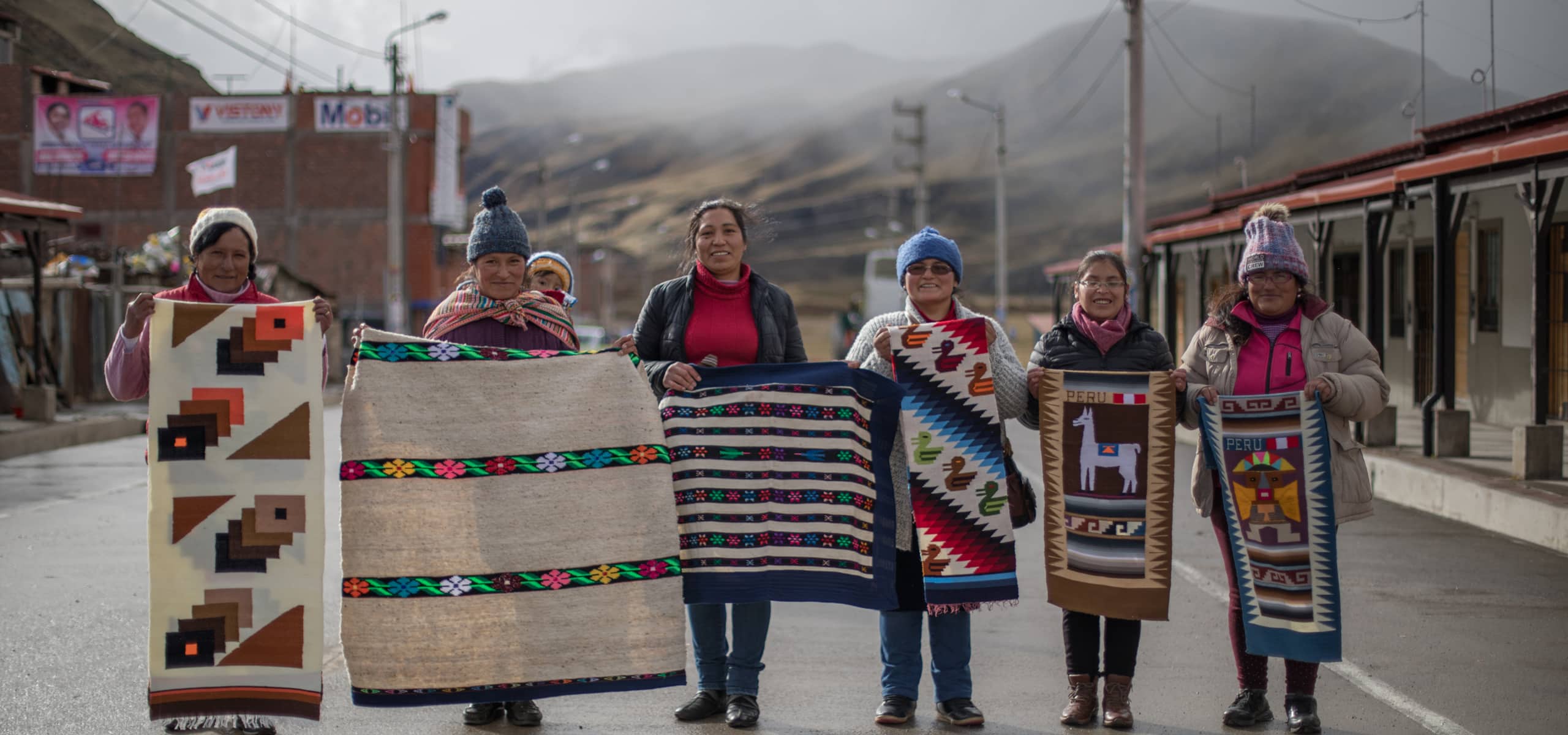About
Pan American Silver provides enhanced exposure to silver through large silver reserves and catalysts to grow silver production.
Pan American strives to continuously improve its sustainability performance by implementing industry best practices and setting new goals to improve performance and manage risk.
Our ESG values include caring for the environment in which we operate; contributing to the long-term development of our host communities; ensuring safe and secure workplaces for our employees; contributing to the welfare of our employees, local communities, and governments; and, operating transparently.
ESG performance and reporting have long been at the core of our approach to long-term sustainability. We have been producing sustainability reports for over 10 years. These reports detail our management approach and performance with respect to material sustainability issues within the context of our overall sustainability and business strategies.
(1) The 2024 base case includes our projected 2024 water use, energy use, GHG emissions, and waste generation, as calculated using our life of mine plans adjusted for annual production guidance.
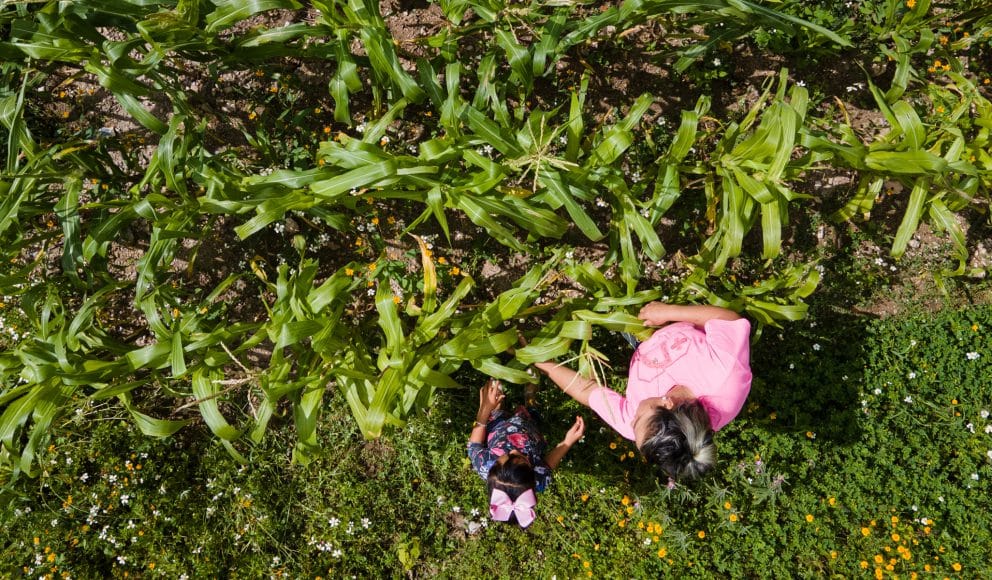
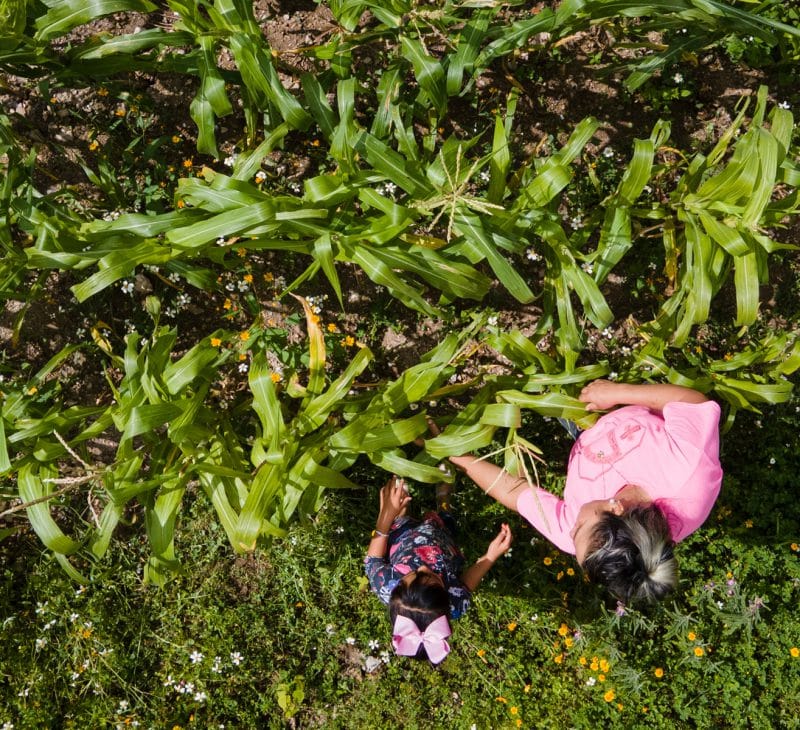
We are dedicated to managing all our operations and our exploration and development activities in an environmentally responsible manner.
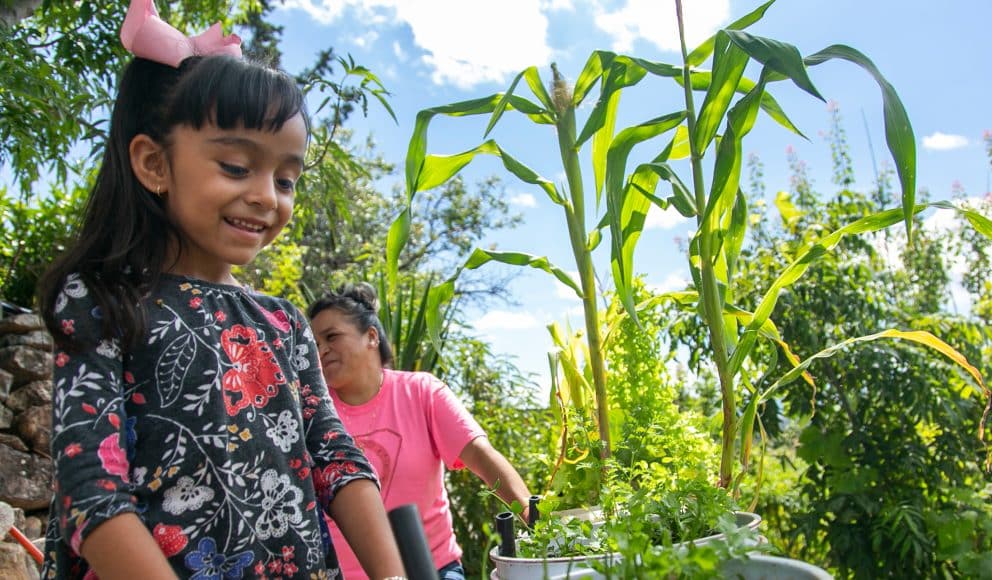
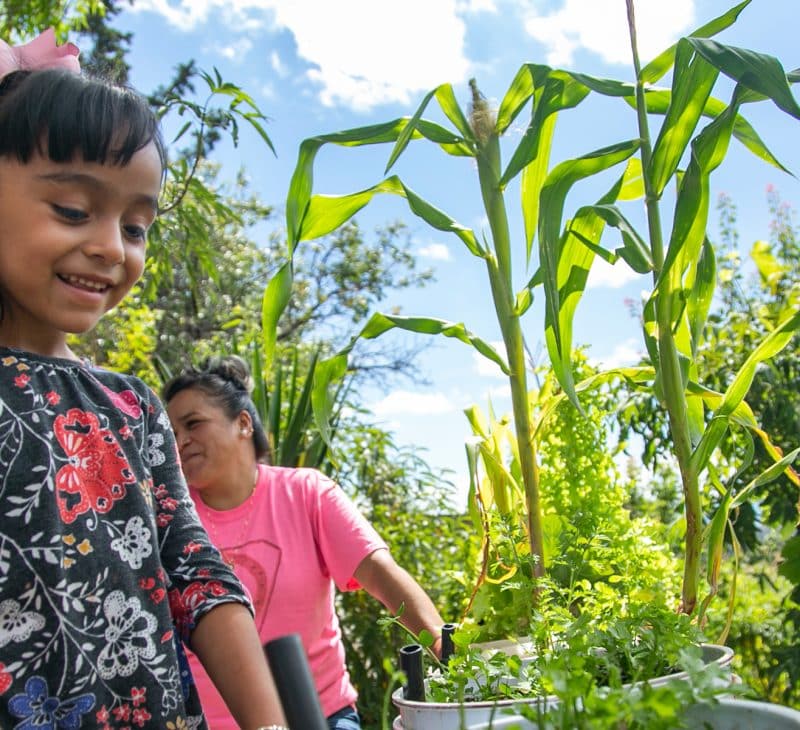
We operate mines across the Americas in host communities with different cultures, languages, and values.
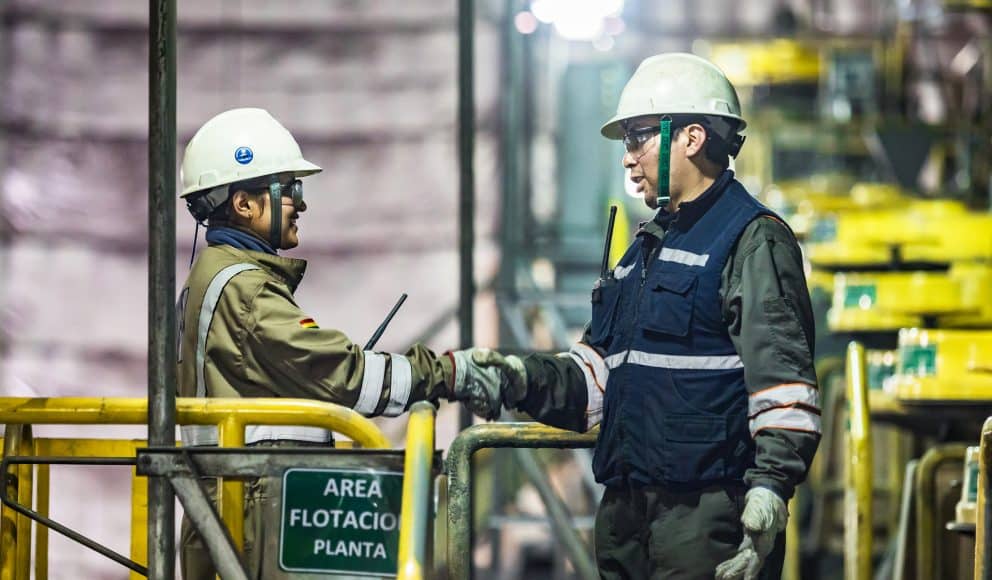
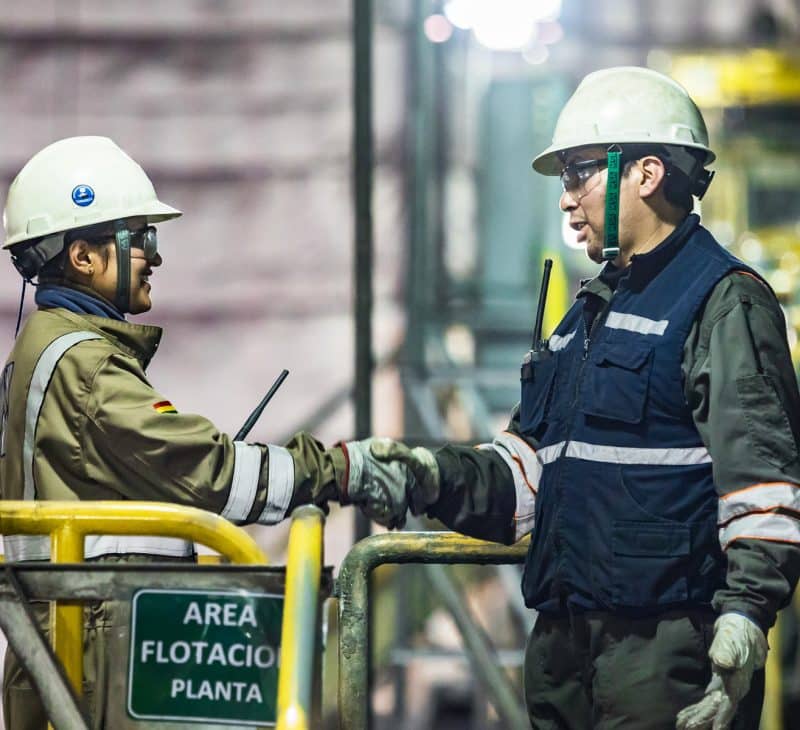
We focus on conducting our activities ethically and transparently, and to apply industry best practices across all our operations.
Aligned with our objective of co-creating economic opportunities with our host communities, Pan American developed a project to increase Avocado production in the Condebamba Valley of the Cajamarca province.
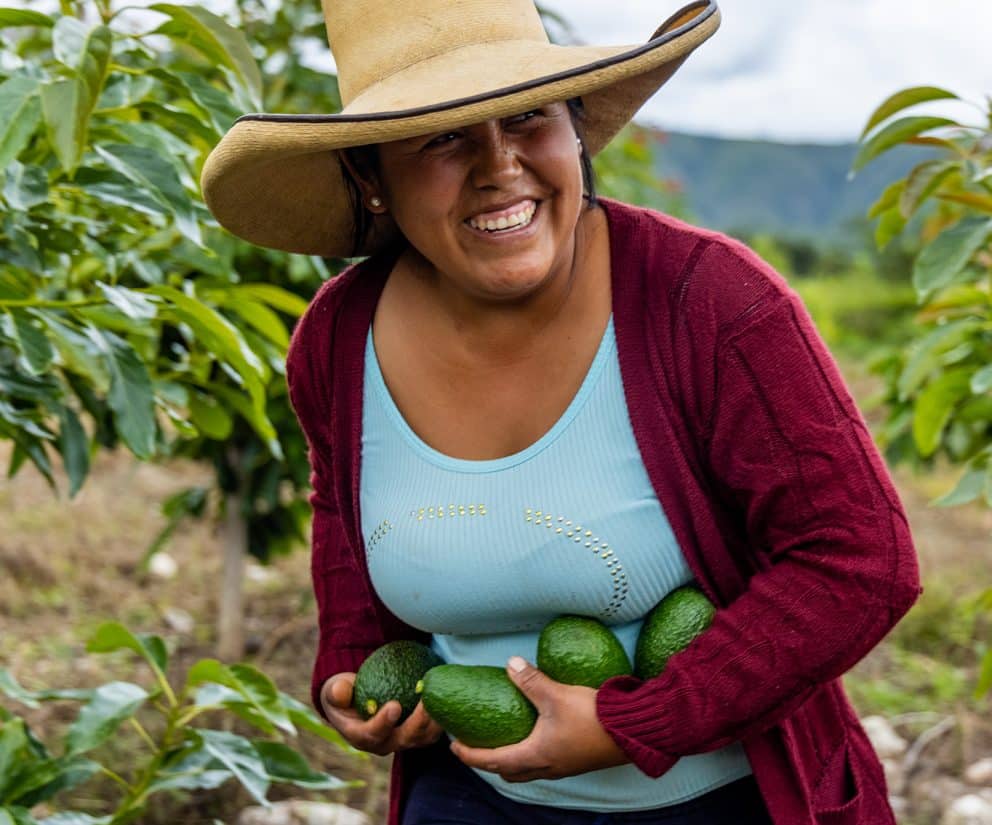
We identified maternity and paternity benefits as a way of achieving our talent attraction and retention objective, in addition to being aligned with our inclusion and diversity objectives.

In Peru, Pan American is working with the government under a program aimed at encouraging private investment in public infrastructure projects.
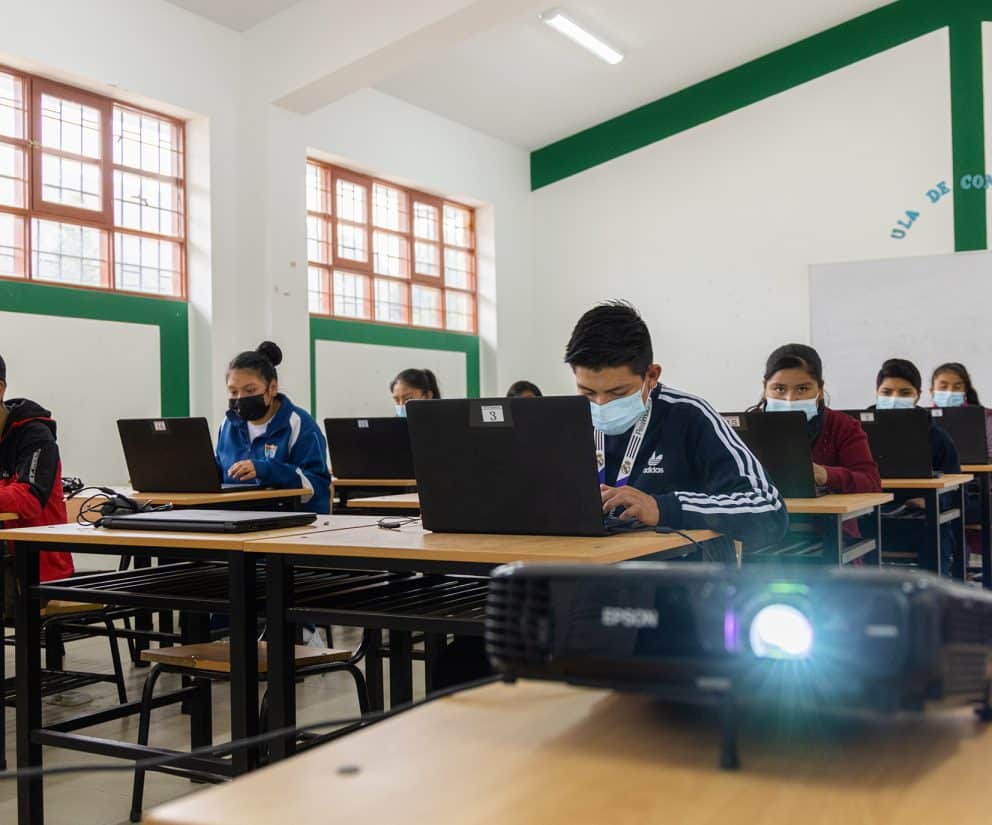
Pan American co-developed a guinea pig breeding project in the Condebamba Valley of the Cajabamba province, where our Shahuindo operation is located.
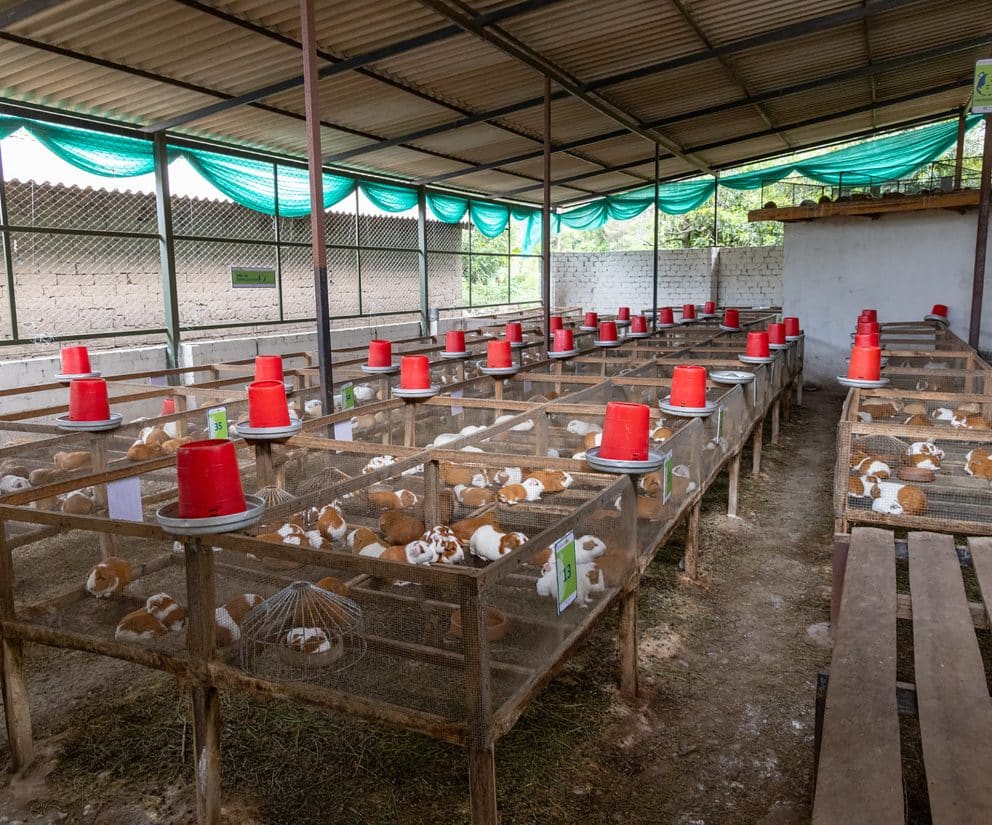
Pan American’s biodiversity conservation plan for our Escobal operation in Guatemala has been successful in protecting wild cats.
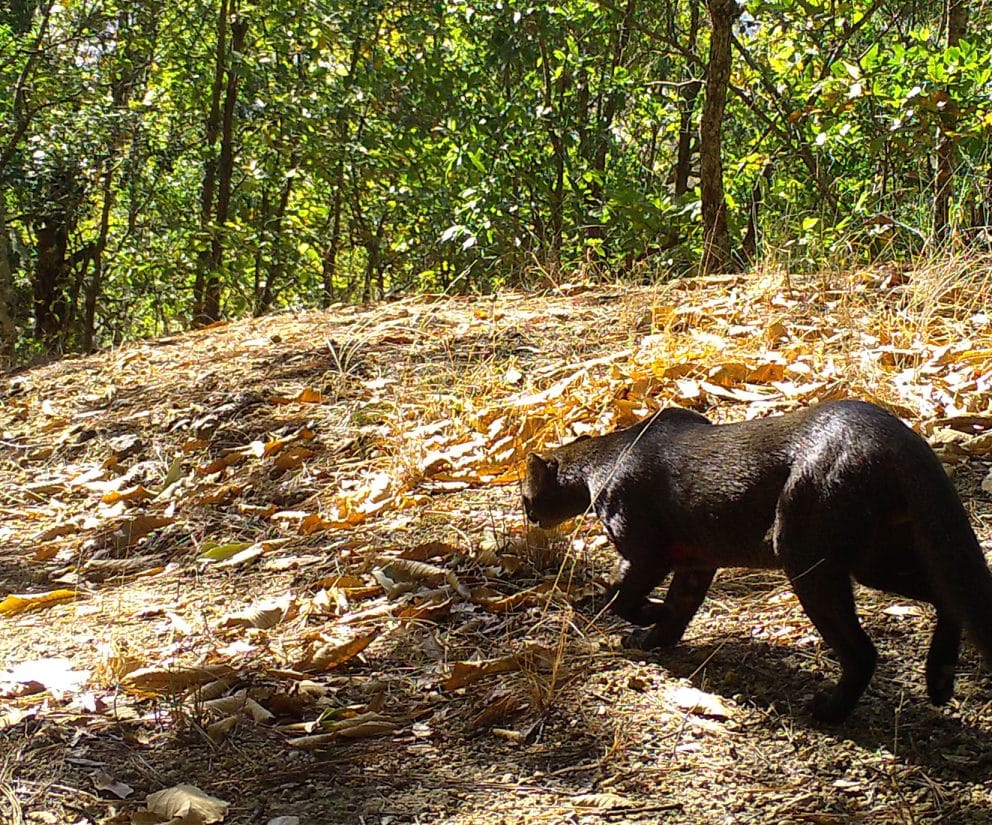
In 2024, we aligned the objectives of eight prioritized SDGs with our 2025 Sustainability Goals, which will drive our performance and maximize positive impact in these areas.
Here you’ll find a few of these SDG highlights. To see all of our commitments to the UN SDGs, please click the link below.
Goal:
Mining can contribute to SDG3 by championing occupational health and safety, offering and encouraging preventative care, mitigating the spread of disease, and increasing mental health awareness in our COI communities.
Learn more about how we’re working on SDG3 on our UN Sustainable Development Goals page.
Goal:
As a historically male-dominated industry, mining can contribute to this SDG by offering equal opportunities for women and practising gender inclusion across the business and project life cycle.
Learn more about how we’re working on SDG5 on our UN Sustainable Development Goals page.
Goal:
Through improving energy efficiency and incorporating renewable energy, the mining industry can make a significant contribution to SDG7.
Learn more about how we’re working on SDG7 on our UN Sustainable Development Goals page.
Goal:
The mining industry can contribute to SDG8 by providing well-paid direct and indirect jobs. In particular, mining can contribute to the economic outcomes of local communities by supporting and procuring from local suppliers.
Learn more about how we’re working on SDG8 on our UN Sustainable Development Goals page.
Goal:
Mining companies can contribute to SDG13 by reducing emissions, building climate change resilience, and recognizing climate change in planning and investment.
Learn more about how we’re working on SDG13 on our UN Sustainable Development Goals page.
